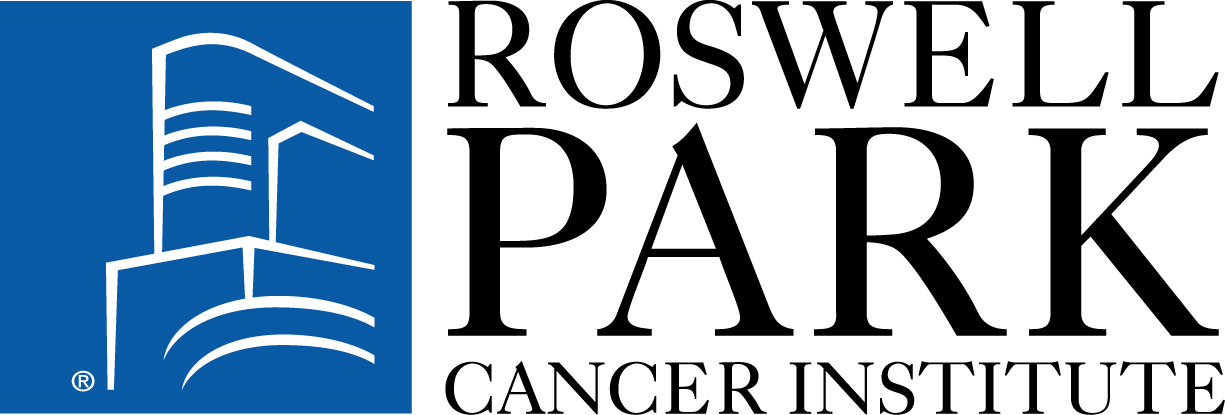Photodynamic Therapy During Surgery in Treating Patients With Non-small Cell Lung Cancer That Can Be Removed by Surgery
| Status: | Active, not recruiting |
|---|---|
| Conditions: | Lung Cancer, Cancer, Cancer, Cancer |
| Therapuetic Areas: | Oncology |
| Healthy: | No |
| Age Range: | 18 - Any |
| Updated: | 1/18/2019 |
| Start Date: | February 21, 2014 |
| End Date: | September 4, 2019 |
A Phase I Study of Surgery Plus Intraoperative Photodynamic Therapy (PDT) With Temoporfin in Patients With Resectable Primary Non-small Cell Lung Cancer (NSCLC) With Ipsilateral Thoracic Nodal (N1 or N2) or T3/T4 Disease
This phase I trial studies the side effects and best dose of photodynamic therapy during
surgery in treating patients with non-small cell lung cancer that can be removed by surgery.
Photodynamic therapy uses a drug, such as temoporfin, that becomes active when it is exposed
to a certain kind of light. When the drug is active, cancer cells are killed. This may be a
better way to treat patients with non-small cell lung cancer.
surgery in treating patients with non-small cell lung cancer that can be removed by surgery.
Photodynamic therapy uses a drug, such as temoporfin, that becomes active when it is exposed
to a certain kind of light. When the drug is active, cancer cells are killed. This may be a
better way to treat patients with non-small cell lung cancer.
PRIMARY OBJECTIVES:
I. To demonstrate that intraoperative adjuvant regional photodynamic therapy with low-dose
temoporfin is safe.
SECONDARY OBJECTIVES:
I. Initial assessment of efficacy (i.e., 2-year disease free survival). II. To investigate
the relationship between signal transducer and activator of transcription 3 (STAT3) levels,
measured light dose and the clinical outcome.
III. Correlate the serum concentrations of vitamin D metabolites (25-hydroxyvitarnin D3 and
1,25-dihydroxyvitamin D3) with the presence of lymph node (LN) metastasis at the time of
surgical resection.
IV. To measure temoporfin uptake in malignant and normal tissue.
OUTLINE: This is a dose-escalation study of photodynamic therapy with temoporfin.
Patients receive temoporfin intravenously (IV) over no less than 6 minutes and then undergo
standard surgical resection with intraoperative photodynamic therapy (PDT).
After completion of study treatment, patients are followed up every 6 months for 2 years.
I. To demonstrate that intraoperative adjuvant regional photodynamic therapy with low-dose
temoporfin is safe.
SECONDARY OBJECTIVES:
I. Initial assessment of efficacy (i.e., 2-year disease free survival). II. To investigate
the relationship between signal transducer and activator of transcription 3 (STAT3) levels,
measured light dose and the clinical outcome.
III. Correlate the serum concentrations of vitamin D metabolites (25-hydroxyvitarnin D3 and
1,25-dihydroxyvitamin D3) with the presence of lymph node (LN) metastasis at the time of
surgical resection.
IV. To measure temoporfin uptake in malignant and normal tissue.
OUTLINE: This is a dose-escalation study of photodynamic therapy with temoporfin.
Patients receive temoporfin intravenously (IV) over no less than 6 minutes and then undergo
standard surgical resection with intraoperative photodynamic therapy (PDT).
After completion of study treatment, patients are followed up every 6 months for 2 years.
Inclusion Criteria:
- Histologically confirmed non-small cell lung cancer (NSCLC)
- Patients with resectable primary NSCLC who are undergoing surgery to resect T3 to T4
lesions OR any patients with clinical NI or N2 disease regardless of T-stage
- Subjects must have an Eastern Cooperative Oncology Group (ECOG) scale of 0-2
- Subjects of child-bearing potential must agree to use adequate contraceptive methods
(e.g., hormonal or barrier method of birth control; abstinence) prior to study entry
and for 6 months after surgery; should a woman become pregnant or suspect she is
pregnant while she or her partner is participating in this study, she should inform
her treating physician immediately
- The subject or legal representative must understand the investigational nature of this
study and sign an Independent Ethics Committee/Institutional Review Board approved
written informed consent prior to receiving any study related procedure
- Must consent to participate in study I 03103: Roswell Park Cancer Institute (RPCI)
Data Bank and Biorepository (DBBR)
Exclusion Criteria:
- Patients who have had chemotherapy or radiotherapy within 4 weeks (6 weeks for
nitrosoureas or mitomycin C) prior to entering the study or those who have not
recovered from adverse events due to agents administered more than 4 weeks earlier
- Patients with known brain metastases should be excluded from this clinical trial
- Patients with porphyria, or with known hypersensitivity to porphyrins or
porphyrin-like compounds
- White blood cell (WBC) < 4,000
- Platelet count < 100,000
- Total serum bilirubin > 2 mg/dL
- Serum creatinine > 2 mg/dL
- Alkaline phosphatase (hepatic) or serum glutamic oxaloacetic transaminase (SGOT) > 3
times the upper normal limit
- Uncontrolled intercurrent illness including, but not limited to, ongoing or active
infection, symptomatic congestive heart failure, unstable angina pectoris, cardiac
arrhythmia, or psychiatric illness/social situations that would limit compliance with
study requirements
- Pregnant or nursing female subjects
- Unwilling or unable to follow protocol requirements
- Any condition which in the Investigator's opinion deems the subject an unsuitable
candidate to receive study drug
- Received an investigational agent within 30 days prior to enrollment
We found this trial at
1
site
666 Elm Street
Buffalo, New York 14263
Buffalo, New York 14263
(716) 845-2300

Principal Investigator: Chukwumere E. Nwogu
Phone: 877-275-7724
Roswell Park Cancer Institute Welcome to Roswell Park Cancer Institute (RPCI), America's first cancer center...
Click here to add this to my saved trials